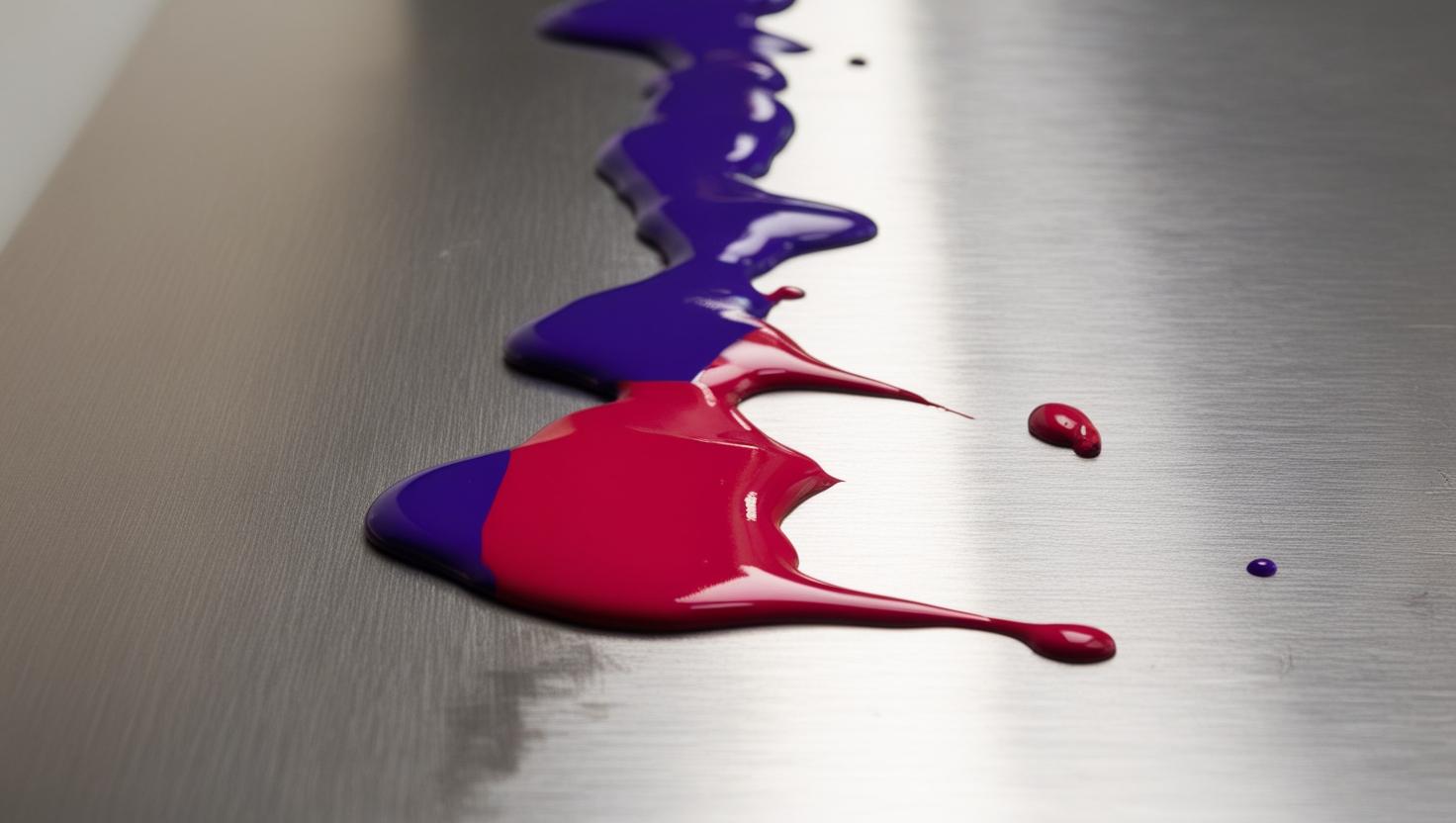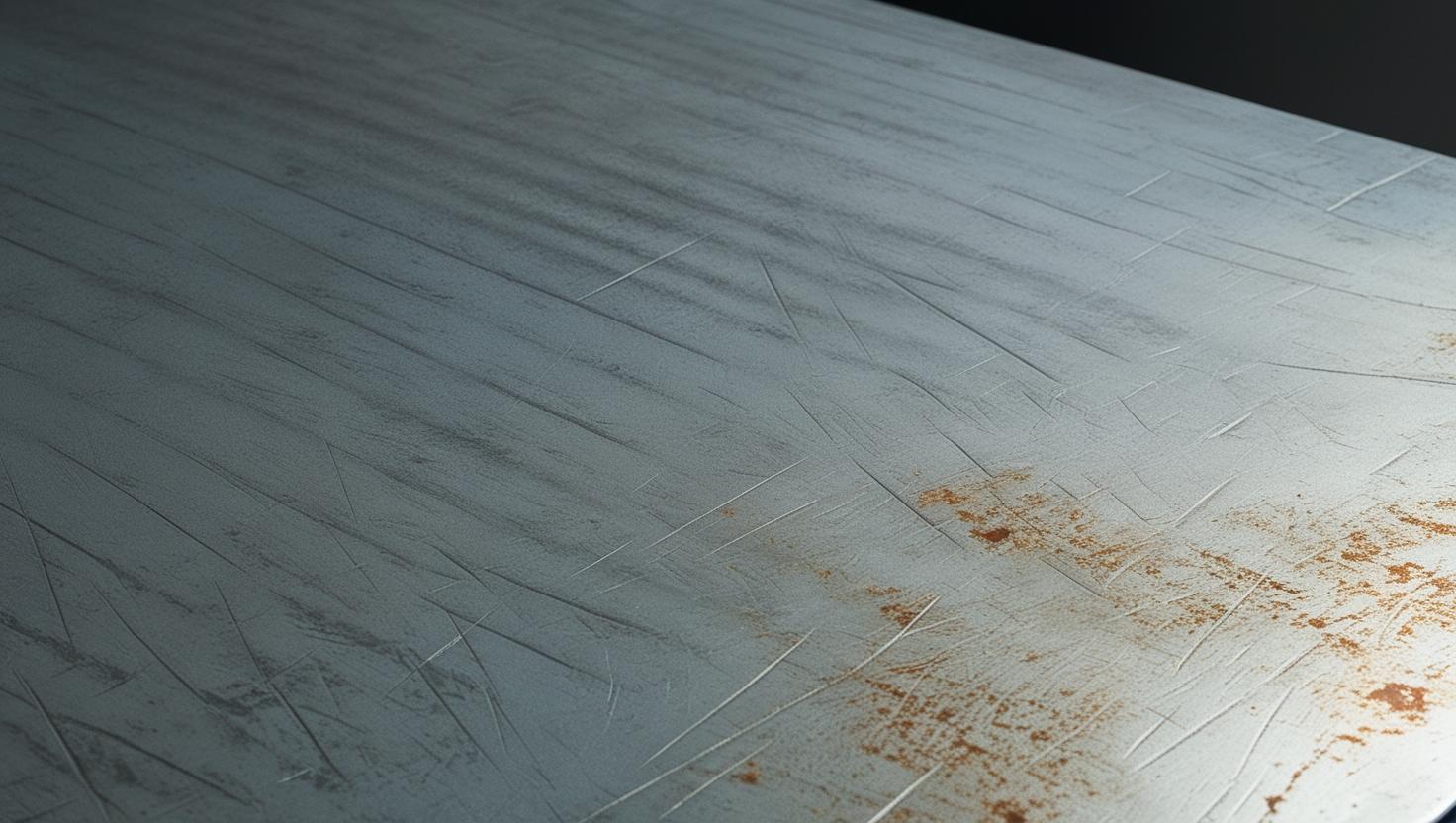Because of its striking colors and simplicity of use, acrylic paint is one of the many painting materials that artists, do-it-yourself designers, and crafters choose. “Will acrylic paint stick to metal?” is one of the numerous questions that many homeowners have when considering painting on metal surfaces. The purpose of this page is to provide information on whether acrylic paint may be used to paint metal, what you should know to get the best results, and how to prolong the life of painted metal objects.

Understanding Acrylic Paint and Metal Surfaces
Acrylic paints are also water-soluble and have a shiny like paint that suits the canvases, papers, wooden, and cloth etc. Since it can be worked many times and dries really fast, it suits a lot of works. However, there is a number of challenges that rise when painting on metals and this was due to the fact that metals are non-porous surface. While wood and fabric have the natural ability to absorb paints, metal lacks such capabilities especially when using acrylics without prior treatment.
The Challenge with Metal Surfaces
One important feature is that the substrate is made of metal and the metal is rather smooth and could be surfaced with an oil or grease. Furthermore, if the paint does not adhere correctly, it may peel or break due to thermal expansion and contraction brought on by temperature variations. If one must use acrylic paint on a metal surface, it is crucial to be aware of these difficulties.
Preparing the Metal Surface
There are few key things that should be done in order to achieve good adhesion of acrylic paint on metal.
Below is the technique on how to prepare your metal surface:
Cleaning the Surface
The first thing is that the surface of the metal is prepared by washing to eliminate any dirt, grease and rust that might be on its surface. For a simple wash, you may use water and soap and if you want to do a deep cleansing, a degreaser or rubbing alcohol can be used. To prepare the surface, painting experts recommend use of wire brush or sand paper in order to remove the rust.
Sanding the Surface
Considering the surface adhesion lightly sanding the metal to make it produce a little rough surface can be a good idea. For this purpose, you may employ the fine grit sandpaper roughly around the 220 grits. All the traces of sanding must be removed with a clean cloth moistened with water.
Applying a Primer
There are some conditions and preparations that must be followed when using acrylic paint on metal are priming. There are cases when a primer will act as a glue or bridge between the metallic surface and the paint to get a better hold so that paint will not fade soon. One has to select the metal primer that is suitable to use with acrylic paints. When using the primer paint the surface with thin coats only, wait for the coats to dry out before going to the next coat.
Painting with Acrylics on Metal
After planning, you may proceed with acrylic painting after preparing the surface to be used. Here are some strategies that the applicants should consider in their application:
Choosing the Right Paint
However, if there is an acrylic paint available for use on metal, it is advisable because it produce better finish when applied on metal. Many of these paints have other additives with functions of surface adhesion or product hardener.
Applying the Paint
In spreading the acrylic paint, ensure that it is done in a thin and evenly applied layer. This way also assists in avoiding possibilities of the wall cracking up as each layer is allowed to set before the next one is applied. A brush or a roller or an aerosol hopper spray gun itself depends on the size and configuration of the metal which you plan to paint. For narrow areas, a brush or a sponge may be most appropriate while for large areas the ideal equipment would be a spraying gun.
Allowing Adequate Drying Time
Acrylic paint is water soluble paint and dries almost instantly, but when applied on metals, it should not be done unless it has dried out completely. This helps in avoiding the paint to become powdery or tacky. In this case, drying is usually likely to take longer than it would under normal circumstances and that is why one has to be very patience.
Sealing and Protecting the Paint
As a result of this, sealing the paint job is deemed advisable if the aim is to make the painted metal project last for a long time. A clear coat creates a barrier against moisture, ultra violet sun rays, and physical abrasion which are factors likely to affect the paint work.
Choosing a Sealant
Choose a sealant of acrylic paints and intended for the use on a metal substrate without splotches. It can be varnished using a clear acrylic spray, polyurethane or a varnish. If the place where you’ll be applying the sealant is an outside area, ensure that the sealant is made for indoor use only.

Applying the Sealant
A sealant has to be applied in thin coat on the surface and also in an even manner as per the manufacturer’s guide. Each one should be allowed to dry well in order that the next one may go on securely. Usually, it takes practicing two to three coats to achieve the right level of safeguarding.
Common Mistakes and How to Avoid Them
Some mistakes may occur when painting with acrylics on metal, so we should take precautions as follows:
No Use of Primer: This is one of the main causes of non-adhesive paint and shortening the life of the paint.
Rushing Drying Times: If you paint before drying of last coat, the layers will be tacky or peeling.
Not Applying Sealing: Applying sealant is important so as not to leave your paint area open to damage.
Creative Projects with Acrylic Paint on Metal
After mastering the technique, new and unique opportunities for the further work appear in front of the artist.
Here a several ideas you may use for your creative project:
Custom Metal Wall Art: Transform the metal into canvases and sheets through the identification of different designs or painting beautiful scenes.
Home and Garden: Paint designs or individual’s names on metal panels to enhance the interior or exterior appearance of a home or building.
Furniture: Paint a wooden box, that has small metal handles, or any other furniture piece containing metal in its design, as accessories.
Recycling Metal Furniture: Another way of sprucing up metal furniture is through repainting it with acrylic paint.
